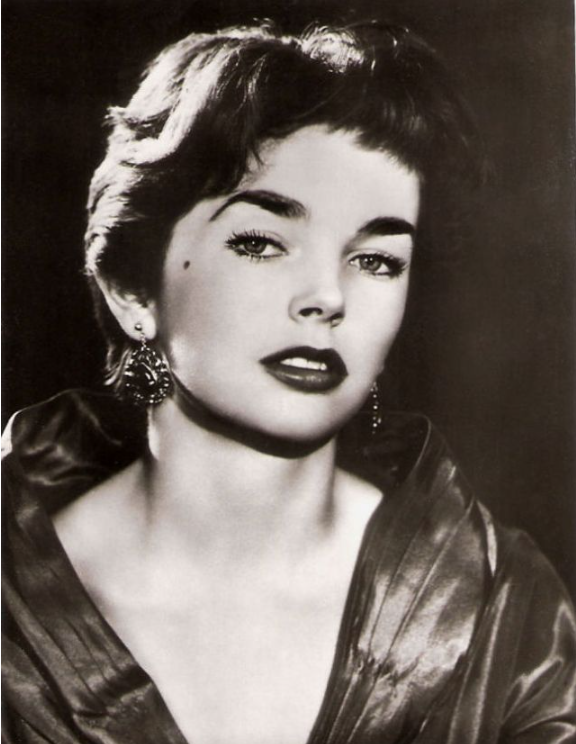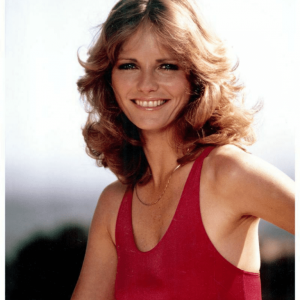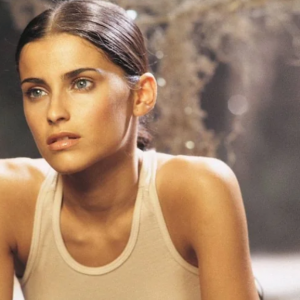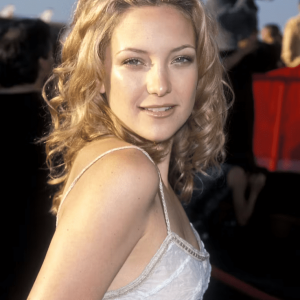Some stars flicker for a moment, then fade. Others, like Dawn Addams, leave a glow that lingers for generations. With her delicate features, radiant smile, and natural elegance, she became one of the most captivating actresses of Hollywood’s golden era. But her story wasn’t confined to film studios and red carpets. Dawn lived a real-life fairy tale when she married into Italian nobility, transforming from screen star to princess. Her life was a unique blend of glamour, resilience, artistry, and destiny—qualities that still fascinate film lovers today.
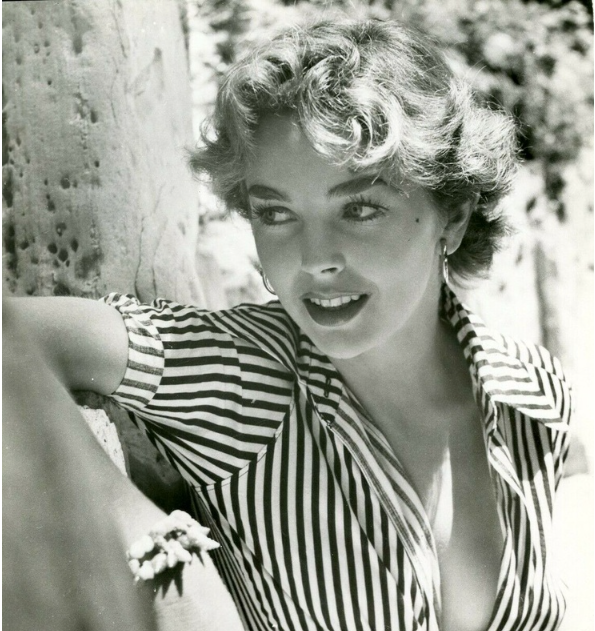
Early Life: A Childhood Shaped by Change
Victoria Dawn Addams was born on September 21, 1930, in Felixstowe, Suffolk, England. The daughter of Captain James Ramage Addams of the Royal Air Force, her childhood was far from ordinary. Constant moves took her from England to India and eventually to California, exposing her to different cultures and lifestyles.
Tragedy struck early when she lost her mother, Ethel Mary Hickie. The experience forced Dawn to grow up quickly, developing a quiet resilience that would later define her character. Even as a teenager, she carried herself with poise, and her striking looks hinted at the career ahead.
Video : DAWN ADDAMS TRIBUTE
Hollywood Breakthrough: From Contract Player to Leading Lady
By 1950, Dawn’s career was in motion. At just 20 years old, she signed a coveted seven-year contract with MGM, one of the most influential studios in Hollywood. Her debut in Night into Morning (1951) was modest, but it was the beginning of something far greater.
She soon appeared in Singin’ in the Rain (1952), a film that remains one of Hollywood’s most beloved musicals. That same year, she starred in Plymouth Adventure with Spencer Tracy, proving her ability to hold her own alongside legendary talent. Roles in Young Bess (1953) and Otto Preminger’s daring The Moon Is Blue (1953) quickly followed.
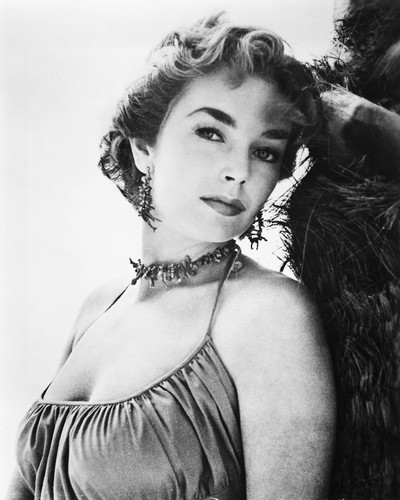
The Moon Is Blue was especially significant—it challenged Hollywood’s censorship codes with its frank dialogue and became a cultural milestone. Dawn’s performance alongside David Niven added to her growing reputation as both glamorous and talented.
Her versatility showed in projects like Riders to the Stars (1954) and Charlie Chaplin’s A King in New York (1957). Acting opposite Chaplin in his final leading role was a dream few achieved, and Dawn proved herself worthy of the moment.
A Real-Life Fairy Tale: Princess of Roccasecca
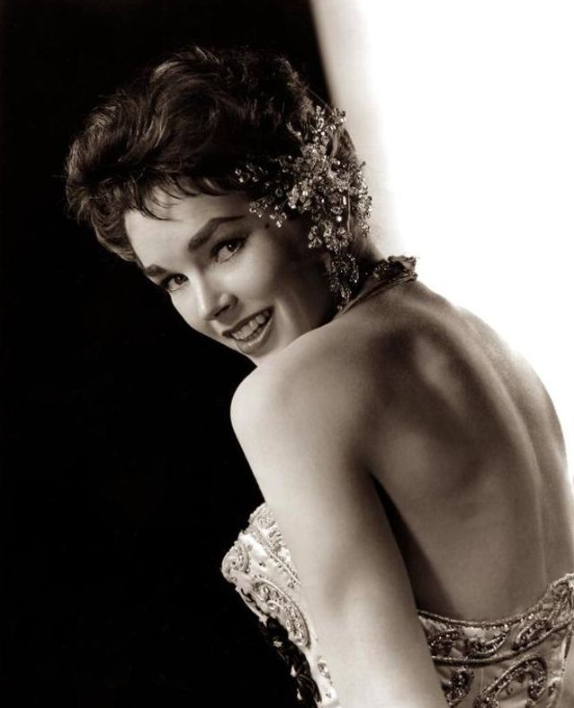
While her Hollywood career was thriving, Dawn Addams’ personal life captured equal attention. In 1954, she married Don Vittorio Emanuele Massimo, Prince of Roccasecca. With this union, she became a princess—a transformation that captivated the public.
Their wedding was covered by Life magazine and attended by luminaries, including Charlie and Oona Chaplin. The image of Dawn, radiant in her bridal gown, symbolized the fusion of Hollywood glamour with European aristocracy. In 1955, she gave birth to their son, Prince Stefano Massimo, completing the picture of a modern-day fairy tale.
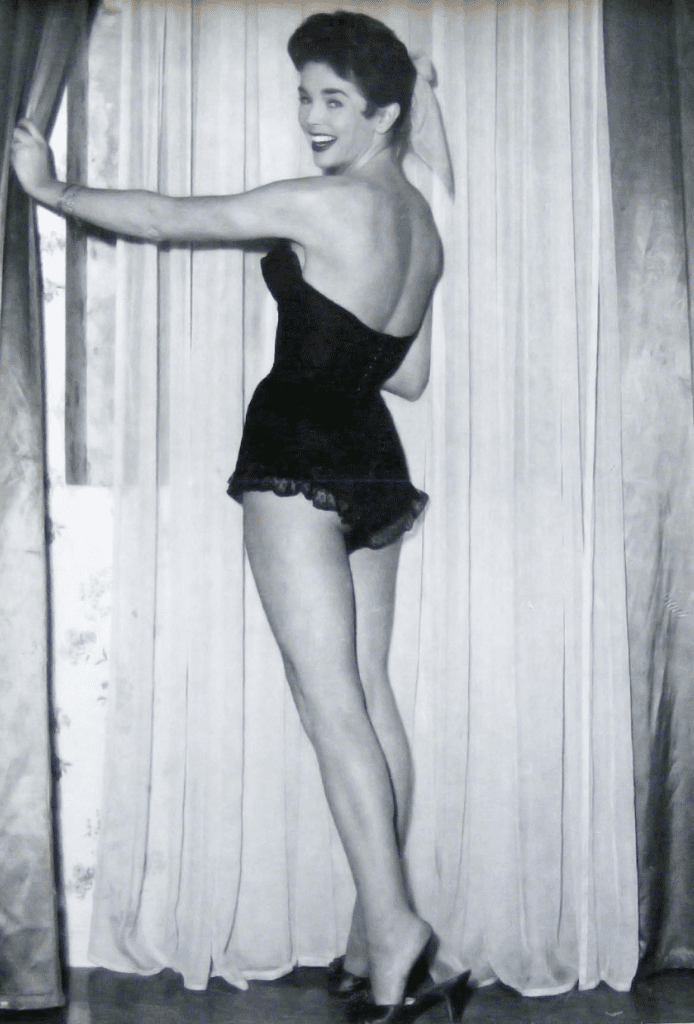
But like many grand romances, the marriage eventually faltered. By 1958, the couple had separated, and in 1971, they officially divorced. Still, Dawn carried the aura of a princess long after the title became symbolic rather than practical.
From Hollywood to European Screens
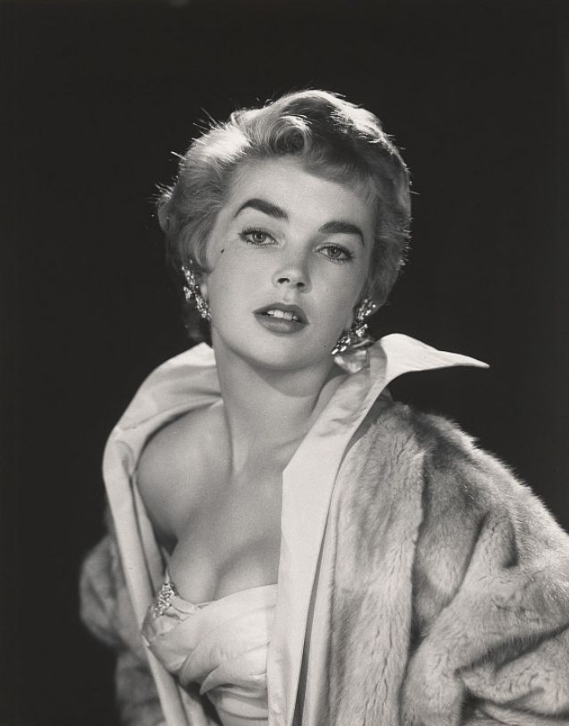
As the 1950s gave way to the 1960s, Dawn pivoted to new opportunities. She became a familiar face on British television, appearing in The Saint with Roger Moore, Danger Man, and later the sitcom Father, Dear Father (1971–1973).
Video: Movie Legends – Dawn Addams (Finale)
Her career also expanded across Europe. She collaborated with Fritz Lang in The 1,000 Eyes of Dr. Mabuse (1960) and took on roles in gothic horror such as The Vampire Lovers (1970) and The Vault of Horror (1973). Even in cult sci-fi projects like Star Maidens (1977), she brought sophistication to unconventional roles.
This adaptability ensured she remained relevant, moving from Hollywood’s golden age to television’s rise and European cinema’s experimentation.
Later Years: A Life of Elegance and Privacy
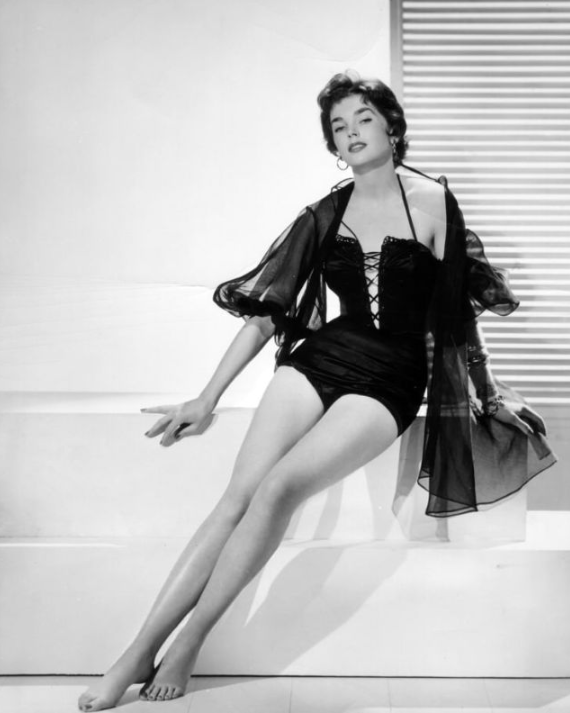
In 1974, Dawn remarried, this time to businessman Jimmy White. Together, they built a quieter life, spending years in Malta, Florida, and other European homes. By the early 1980s, she had stepped back from acting, with her final significant role in the British soap Triangle (1981–1983).
Tragically, Dawn’s life was cut short when she passed away from lung cancer in 1985 at just 54 years old. A heavy smoker, she faced her illness with the same quiet strength that had guided her through earlier trials. Her death was a loss to both Hollywood and the aristocratic world she had once entered so gracefully.
Legacy: More Than Just an Actress or Princess
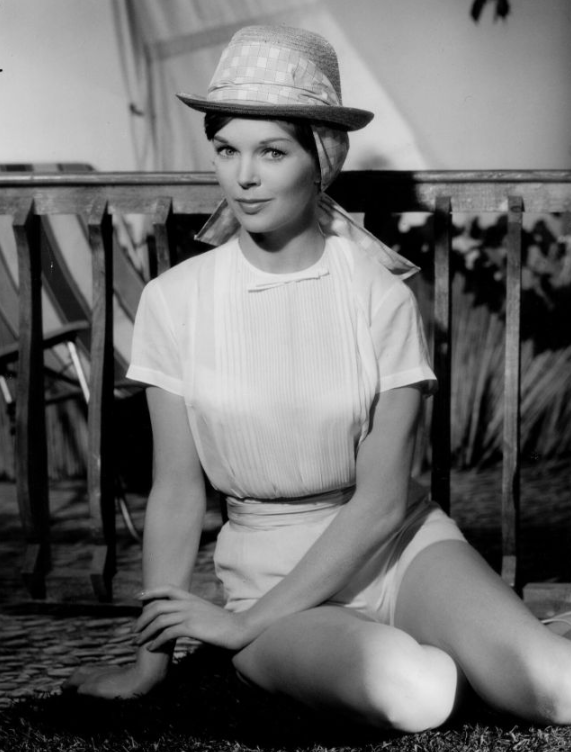
Dawn Addams left behind more than films and photographs—she left an impression of timeless elegance and adaptability. She proved that an actress could move fluidly between Hollywood musicals, European thrillers, gothic horror, and television sitcoms, all while maintaining dignity and grace.
Her fairy-tale marriage made her a princess, but it was her talent, resilience, and charisma that made her unforgettable. Today, classic film enthusiasts remember her not just as a star of the 1950s but as a woman who embodied both Hollywood glamour and royal elegance.
Conclusion: A Star Who Still Inspires
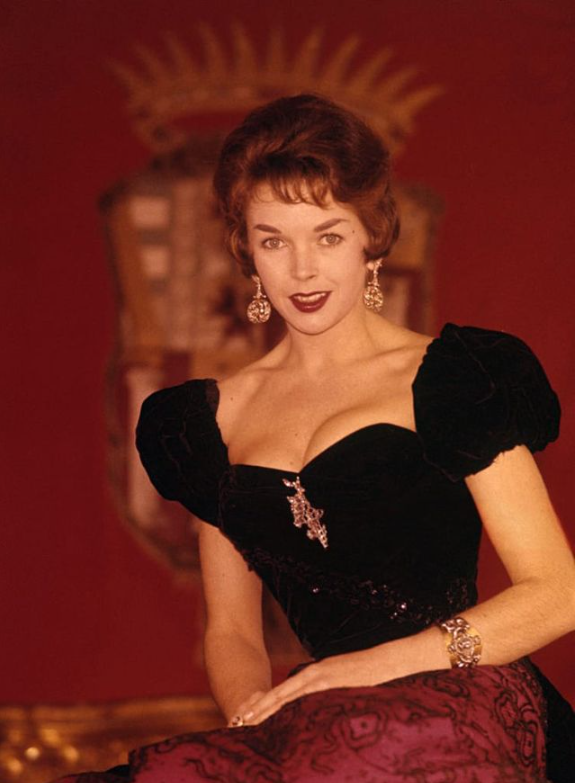
Dawn Addams’ life reads like a storybook: a girl who endured loss, rose to Hollywood stardom, became a princess, and remained graceful through triumphs and struggles. She starred in classics like Singin’ in the Rain and The Moon Is Blue, shared the screen with Charlie Chaplin, and created a legacy that blended art and aristocracy.
Though her life ended too soon, her presence continues to resonate with those who admire beauty, resilience, and timeless charm. Dawn Addams was more than an actress or a princess—she was a woman who lived boldly and left a glow that still shines today.
